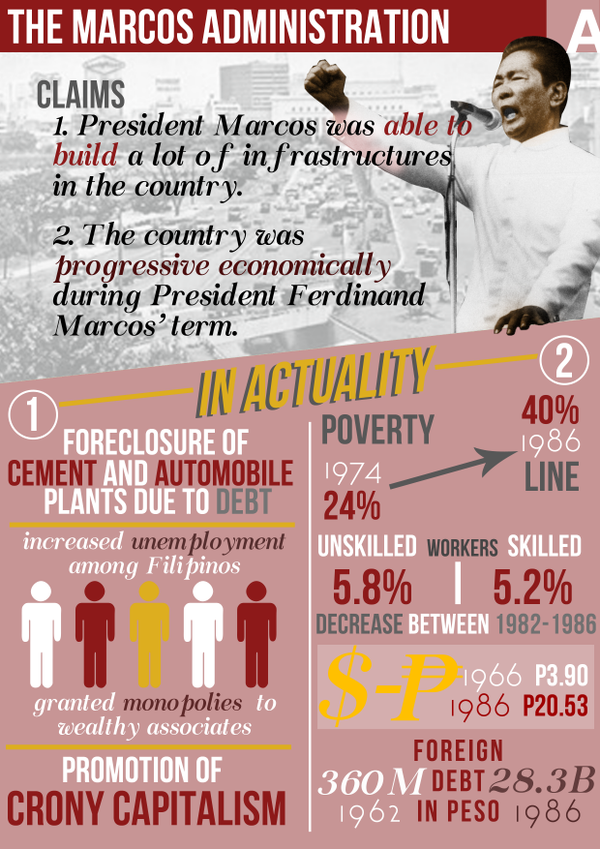The History And Advancement Of Martial Arts Around The Globe
The History And Advancement Of Martial Arts Around The Globe
Blog Article
Web Content Author-Sutton Workman
Martial arts have a remarkable history that spans centuries and continents. You may discover it fascinating how old practices like Shuai Jiao and Kalaripayattu laid the groundwork for contemporary battle strategies. These self-controls not only emphasize physical skills but likewise reflect the societies that birthed them. As you discover their evolution, think about just how globalization has actually transformed these traditional forms into crossbreed styles. What influences do you believe have formed today's martial arts landscape?
Ancient Martial arts: The Structures of Battle
As you explore the globe of old martial arts, you'll uncover the rich foundations that formed fight techniques across cultures. Very early practices focused on Self-Defense and survival, usually incorporating strikes, hurting, and weaponry.
In ancient China, for instance, techniques like Shuai Jiao highlighted throws and joint locks, while India's Kalaripayattu showcased agility and liquid movement. Japanese samurai established Kenjutsu, a polished swordsmanship that highlighted technique and approach.
These martial arts offered not just for battle yet also as a way of personal advancement, instilling values like regard and perseverance. The blending of these strategies over time laid the groundwork for the varied martial arts you see today, each mirroring the special approaches and demands of its society.
The Social Impact on Martial Arts Growth
While martial arts commonly reflect the functional requirements of a culture, they also embody the cultural worths and ideas of their beginnings. When you explore various martial arts, you'll observe exactly how they're influenced by faith, approach, and social norms.
For example, the focus on regard and technique in Japanese martial arts originates from Zen Buddhism and samurai culture. In contrast, Brazilian Jiu-Jitsu advertises versatility and strategy, shaped by the need for performance in a diverse, multicultural environment.
You might find that the rituals, attires, and training methods reflect a community's background and identity. By understanding these cultural impacts, you grow your appreciation of martial arts and their duty in shaping human experiences across the globe.
Modern Adaptations and the Globalization of Martial arts
Martial arts have actually transformed significantly in current decades, adapting to modern culture and worldwide impacts. You'll see that standard forms have mixed with modern-day strategies, creating hybrid styles like mixed martial arts. These adjustments cater to varied audiences, making martial arts obtainable and appealing around the world.
With the rise of social media and digital systems, you can find tutorials and competitions from all edges of the globe, damaging geographical obstacles. Link Website has actually caused a shared gratitude for different techniques, from Brazilian Jiu-Jitsu to Taekwondo.
As you involve with these arts, you'll recognize they're not almost combat; they advertise fitness, self-control, and psychological wellness.
Eventually, modern adjustments have enriched the martial arts landscape, making it a vibrant and evolving practice.
Final thought
In exploring the background and development of martial arts, you discover a fascinating blend of methods, cultures, and viewpoints. From old techniques like Shuai Jiao and Kalaripayattu to the modern-day flexibility seen in mixed martial arts, martial arts reflect humankind's quest for Self-Defense and individual growth. As you involve with these practices, you not just obtain skills however additionally a deeper appreciation for the varied customs that shape our globe today. So, proceed just click the next article and accept the art of battle!
